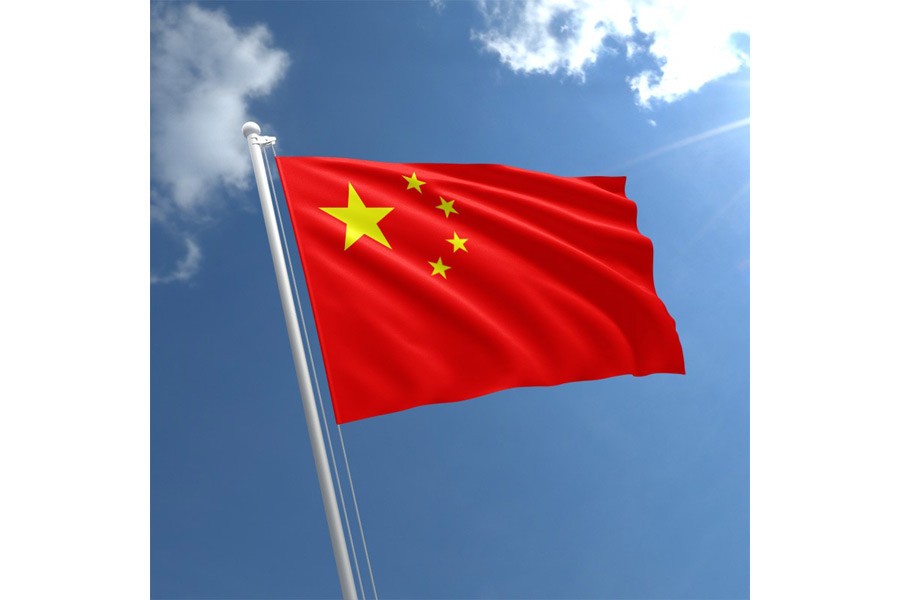China's development during the last 70 years is a remarkable story. Severely impacted by war during the first half of the 20th century, it rose to heights that no nation of that time could imagine. Now an example for the rest of developing countries, China is leaping toward becoming the largest economy.
When the People's Republic of China (PRC) was founded in 1949, a period of political stability followed, ensuring the continuation of policies under a consistent legislation mechanism.
The framework of five-year plans often transcended from one government term to the next and each new set of legislators was bound to implement the projects outlined in the ongoing plan. Unlike other parts of the world where politicians are mostly concerned about the upcoming elections, the agenda of successive Chinese governments largely remained long-term.
The decision to open up the economy and transform it from agrarian to industrial faced daunting challenges. But the civilization that gave birth to papermaking, printing, gunpowder and the compass - revolutionary inventions - proved it could rise to the demands of the new era.
The developing countries wishing to follow the Chinese industrialization model will have to strengthen the niches where they have expertise or have an abundant supply of raw material. When their products start getting internationally competitive, a move to manufacturing high-end commodities by employing a mix of local and foreign talent would be required. Ultimately, as what China is doing now, they will have to concentrate on the services sector.
China accelerated its industrialization process through special economic zones which provide tax benefits, reduced tariffs and permissions to venture into otherwise restricted areas. Establishing such zones draws foreign investment and helps enhance industrial capability.
The founding fathers of modern China laid great emphasis on building industry to improve people's living standards. Therefore, it became a prime factor in the national poverty alleviation drive. Millions have escaped indigence, and the achievements of the campaign are unprecedented.
People prospered, so did their contribution to the economy. While expanding their personal resources, they were actually adding to the country's ability to expand its industrial output. This compounding effect led China to become the world's manufacturing powerhouse.
Agriculture, at the same time, was not ignored. Fulfilling food requirements of over 1.3 billion people is not a small job. A series of land reforms has maintained the availability of agricultural products both for local and export needs.
As China's production capacity soared, it required a robust infrastructure including a transportation system. A web of roads and high-speed trains has been built.
After laying the network domestically, China embarked on connecting international trade hubs through the ambitious Belt and Road Initiative (BRI) that the country has proposed. The BRI comprises roads, railways, and shipping routes extending across continents and providing opportunities to other countries to make the best use of global supply chains.
The collaborative nature of the initiative is proof that growth can be pursued while adopting a win-win approach that is guaranteed with mutual benefits and cooperative coexistence. Now that a major portion of the BRI has been built, communities previously considered remote and impoverished are plugging in with interstate commerce.
The BRI conveys a message that this is not an age of isolationism. The world is an interdependent place where it is not possible for a country to simply increase its exports and restrict imports. China advocates multilateralism - the reason it reached its present potential. Any other rising power will also have to uphold this principle if it wishes to uplift its economic condition.
China's economy is frequently criticized as one that is slowing down. It is moving to a higher-quality phase. Attention is focusing on the services industry while simultaneously giving boost to manufacturing; breakthroughs are making factories efficient and lives easier; artificial intelligence and 5G advancements are turning concepts into reality. In sum, China is essentially the world's technological powerhouse.
The founding of the PRC coincided with a time when many countries were gaining independence. Not all, however, developed as impressively as China. But China has made itself a model for them and they can also look at the rising power to seek to become a part of a shared, prosperous future.


